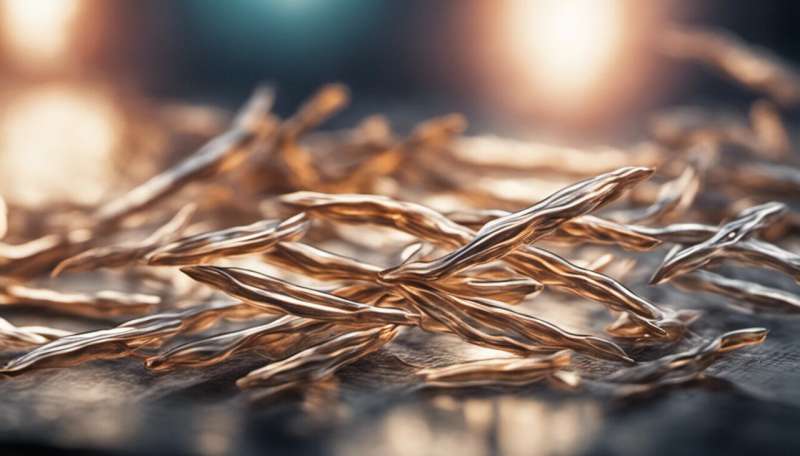Study finds dental bib clips still harbor bacteria after disinfection

A routine that begins and ends each dental visit: A bib is clipped on to protect a patient from a procedure's flotsam; then the bib is discarded, and the clips and the chain that links them are disinfected before being reused. No problem, right?
Not quite, says researcher Addy Alt-Holland, an assistant professor of endodontics, who led a study with colleagues at the School of Dental Medicine and the Forsyth Institute in Cambridge that discovered small numbers of bacteria still lurked on the disinfected clips.
The researchers examined 20 clips immediately after they were removed from patients, and then after they had been disinfected with alcohol wipes, per the manufacturer's instructions. Forty percent of the disinfected clips still had one or more aerobic bacteria (the kind that lives and grows in oxygen), and 70 percent had anaerobic bacteria (the kind that does not need oxygen to thrive).
While it is assumed that bacteria—from the patient's mouth, the environment, the dentist's gloved hands or even the patient's own hands—would be present on the bib clips during and following a procedure, the researchers expected that the infection-control regimen would kill all the bugs.
What they found, though, was at least one anaerobic bacterium from skin on 45 percent of the clips. Also present were anaerobic Streptococcus, found in the mouth and upper respiratory tract, on 15 percent of them and Staphylococcus, Prevotella and Neisseria on 5 percent.
The study, published in the Compendium of Continuing Education in Dentistry, did not look at whether any bacteria "jumped" from the clips onto patients, Alt-Holland notes. "But we need to pay attention," she says, especially "if there is a particularly messy procedure or a higher risk of contamination because of the nature of the procedure."
The findings are not cause for panic, Alt-Holland says. But the fact that bacteria remained, even if in very small numbers, should not be ignored.
Alt-Holland said that she and the research team detected the broad range of bacteria by using a new "stamping" method that she developed in which the bib clip is pressed directly onto an agar plate.
This research builds on a similar study that Alt-Holland headed in 2012, in collaboration with the Forsyth Institute. That study of 80 clips found that 20 to 30 percent of them harbored one or several bacteria after disinfection. It also found that before they were disinfected, rubber-faced clips had twice the amount of bacteria as metal clips. After disinfection, the number of bacteria on both types of clips was about the same.

















